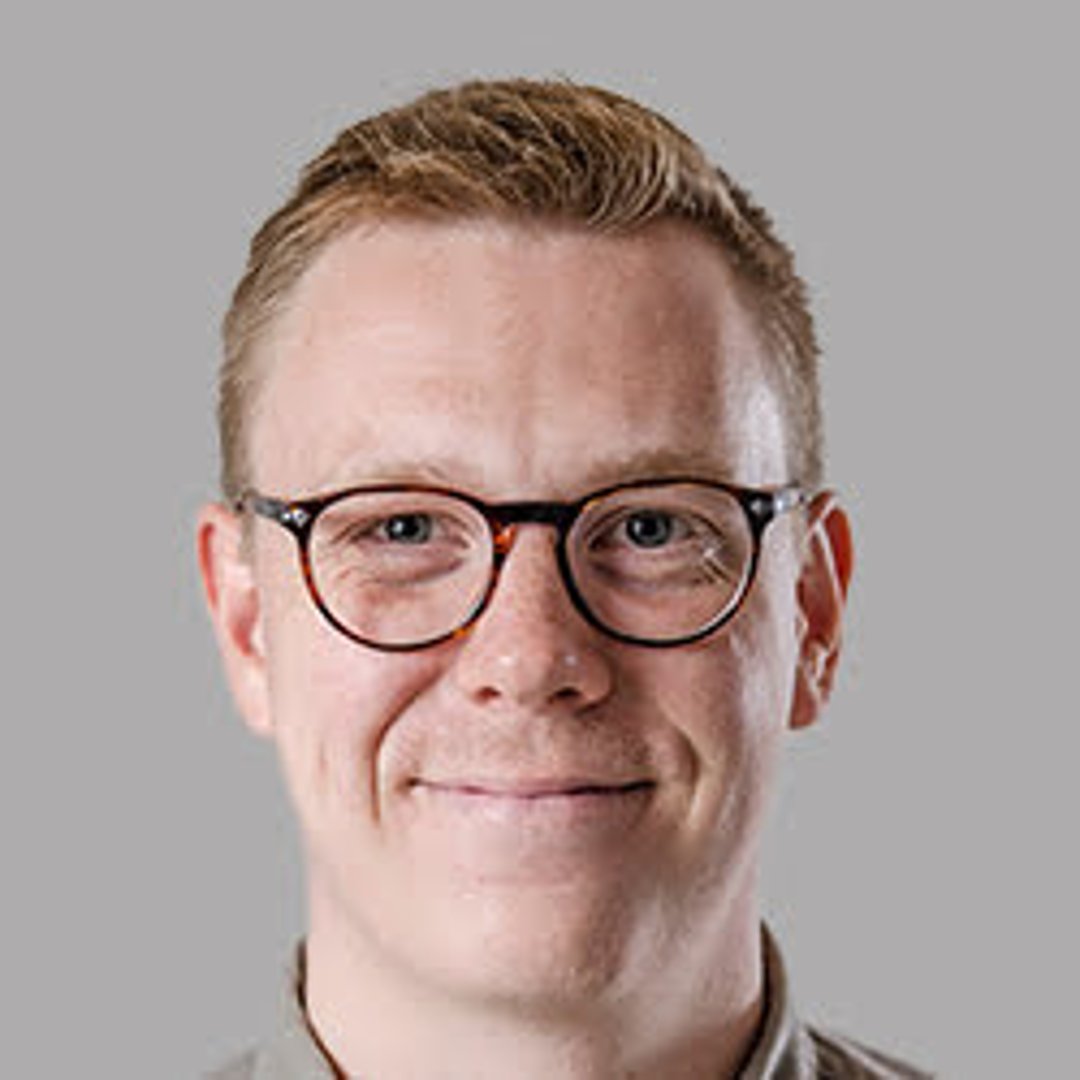5 KPIs to track your e-commerce store success

Published 2025-11-26
Summary - It’s important to establish your business goals, track metrics to measure how successful your e-commerce store is, and improve performance.
Every store has blind spots. Some parts of your marketing or sales flow miss the mark. What should you do about it?
You might have ideas to make your e-commerce store more successful. Without measurement, you could be wasting resources.
A data-driven approach removes guesswork. It helps you refine your strategy faster.
Establishing and tracking KPIs helps you make sound decisions, understand customers, and lift profits. You can track all five KPIs below on live dashboards in Klipfolio Klips and share reports with your team.
Here are five commonly used ecommerce KPIs:
- Traffic. Improve your marketing and advertising mix to bring in more visitors.
- Cart Abandonment. Find and fix issues that stop customers from completing checkout.
- AOV. Identify channels that bring higher spenders.
- Conversions. Turn more sessions into sales.
- CLV. Attract and retain high-value customers.
Below is a quick breakdown of each KPI.
1. Traffic
The first hurdle is getting visitors to your site. You likely use a mix of channels. When you measure traffic, you see how well each channel performs.
Online retailers get most of their traffic from organic and paid search. Email and social also contribute:

In Google Analytics 4 (GA4), use Reports > Acquisition to review trends, sources, and campaigns. The screenshot below shows a legacy view for context:
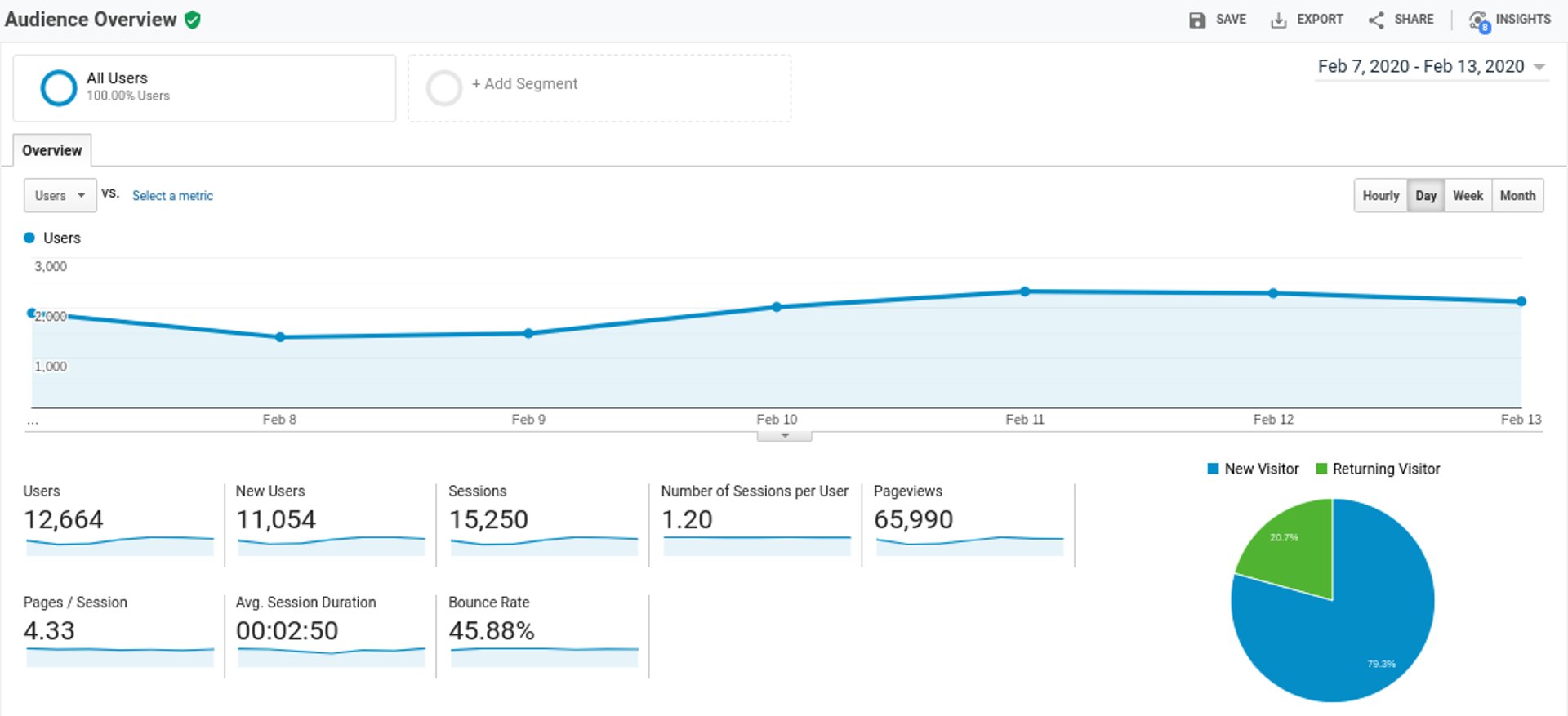
Watch your bounce rate or the inverse, engagement rate. Both indicate whether visitors stick around or leave after one page.
To compare channels, open GA4 Reports > Acquisition > Traffic acquisition. You can then compare source/medium against engagement and conversion metrics.

Now, what do you do with the information? Double down on what works. If social sends qualified traffic, expand those campaigns. Then address what’s not working. If on-page SEO isn’t moving the needle, change the plan or test new content formats like interactive guides from Outgrow.
Keep experimenting with new acquisition plays. Try Google Shopping or run influencer partnerships. Keep monitoring, learn what sticks, and tune your mix.
2. Cart Abandonment
Cart abandonment rate is the share of users who add items to a cart but leave before purchasing. That’s lost revenue.
On average, about three in four users abandon their carts. How do you compare?
A high abandonment rate usually points to friction in your site or app. Track it over time so you can see whether changes help.
In GA4, track key checkout steps as events and mark completed purchases as conversions. Use Explorations > Funnel to see where users drop off. The chart below shows a legacy report that illustrates the concept:
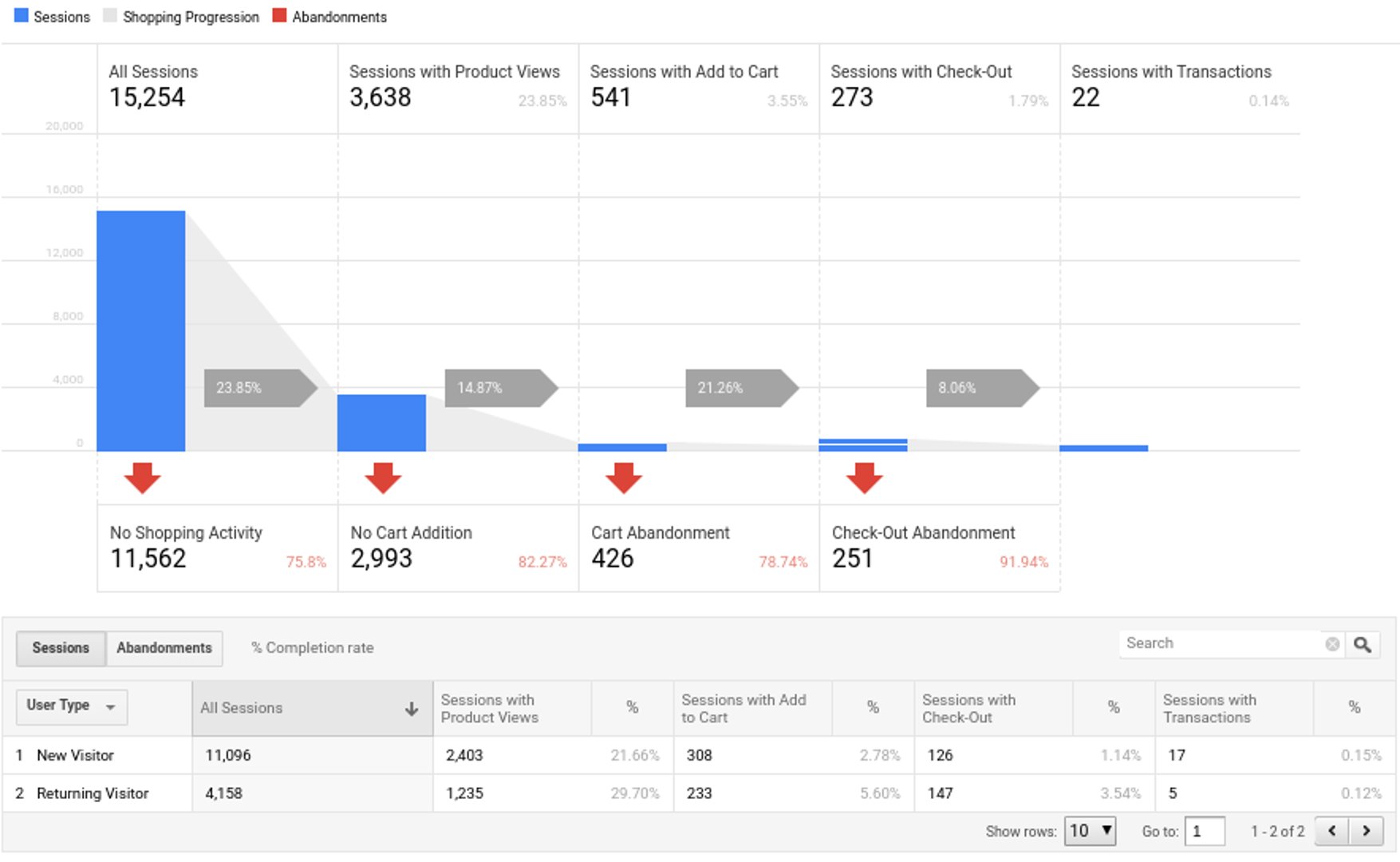
Remove barriers to purchase. The top reasons are extra costs, forced account creation, and a complicated checkout:
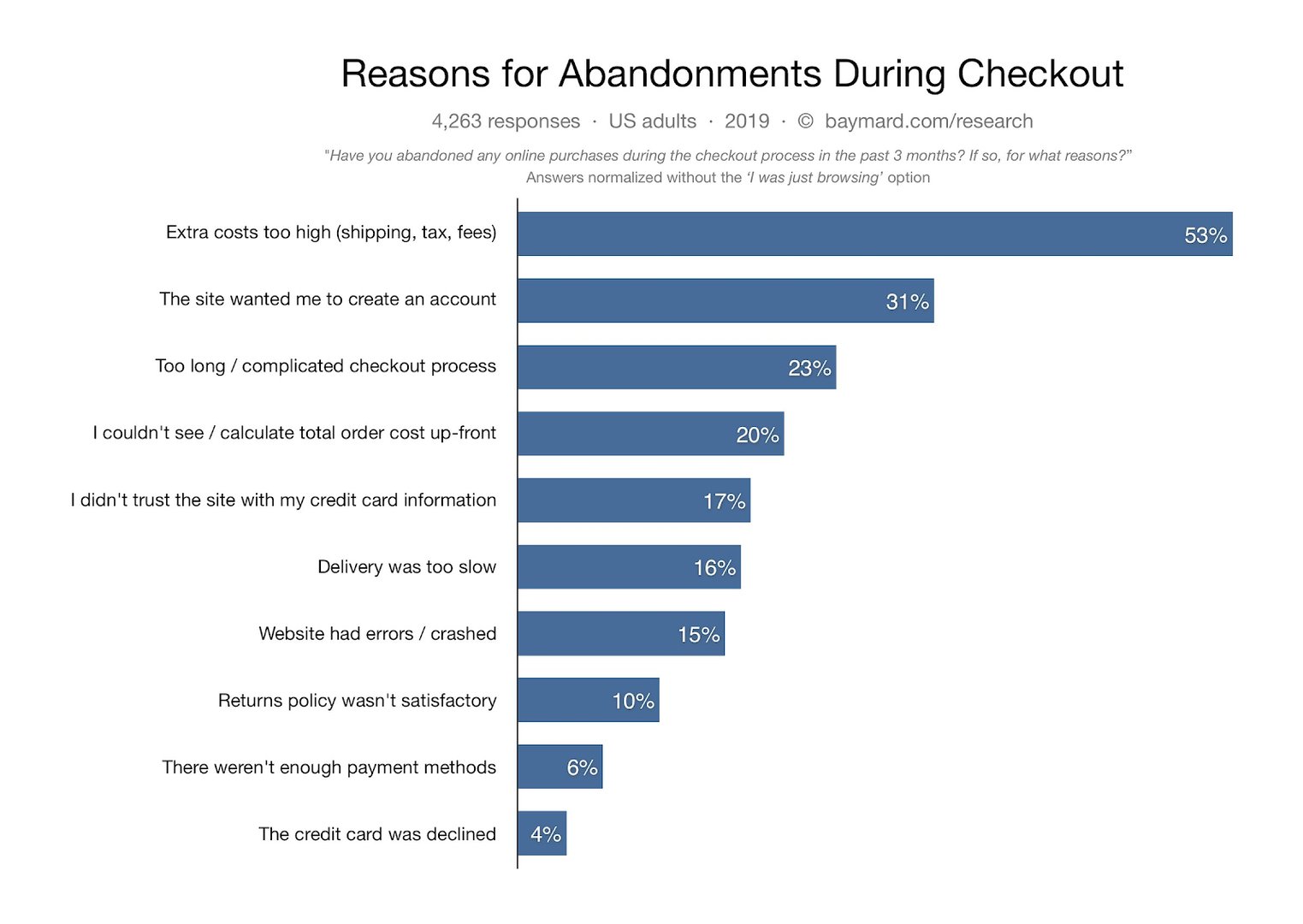
Test fixes for common pain points. Reduce shipping costs or lower the free-shipping threshold. Allow guest checkout. Run user tests or review screen recordings to spot friction.
Remind shoppers about what they left behind. An exit-intent pop-up can recover a sale, like this example:
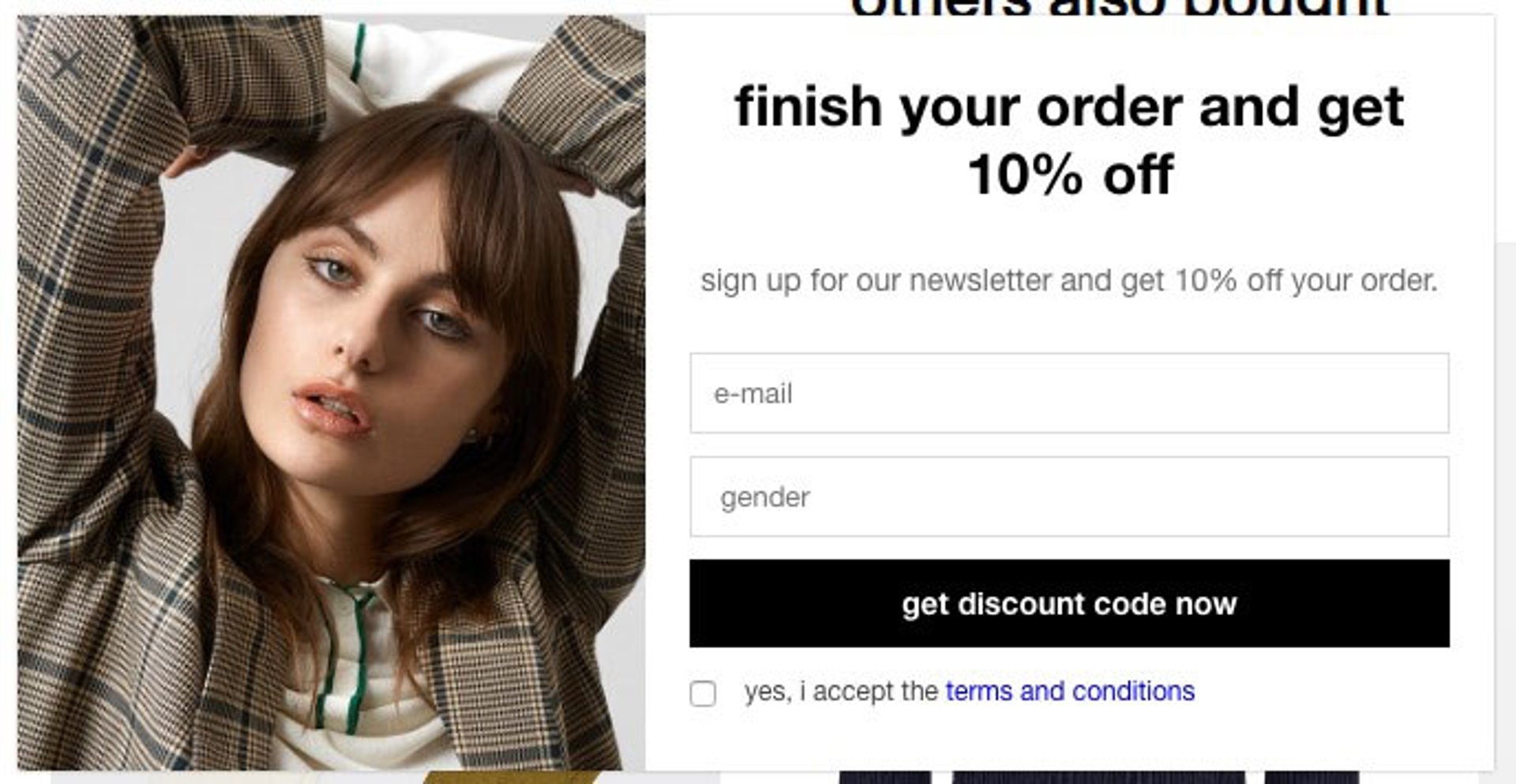
Follow up with a well-timed email, like this one:

3. Average Order Value (AOV)
Average order value is the average amount spent per order. Raising AOV grows revenue without finding new customers.
You’ll see different benchmarks by industry and device. Here’s a snapshot:

To check your AOV in Google Analytics, open the e-commerce reporting views for your property. In GA4, add “Average purchase revenue per user” and related metrics to your standard reports, or build an Exploration.
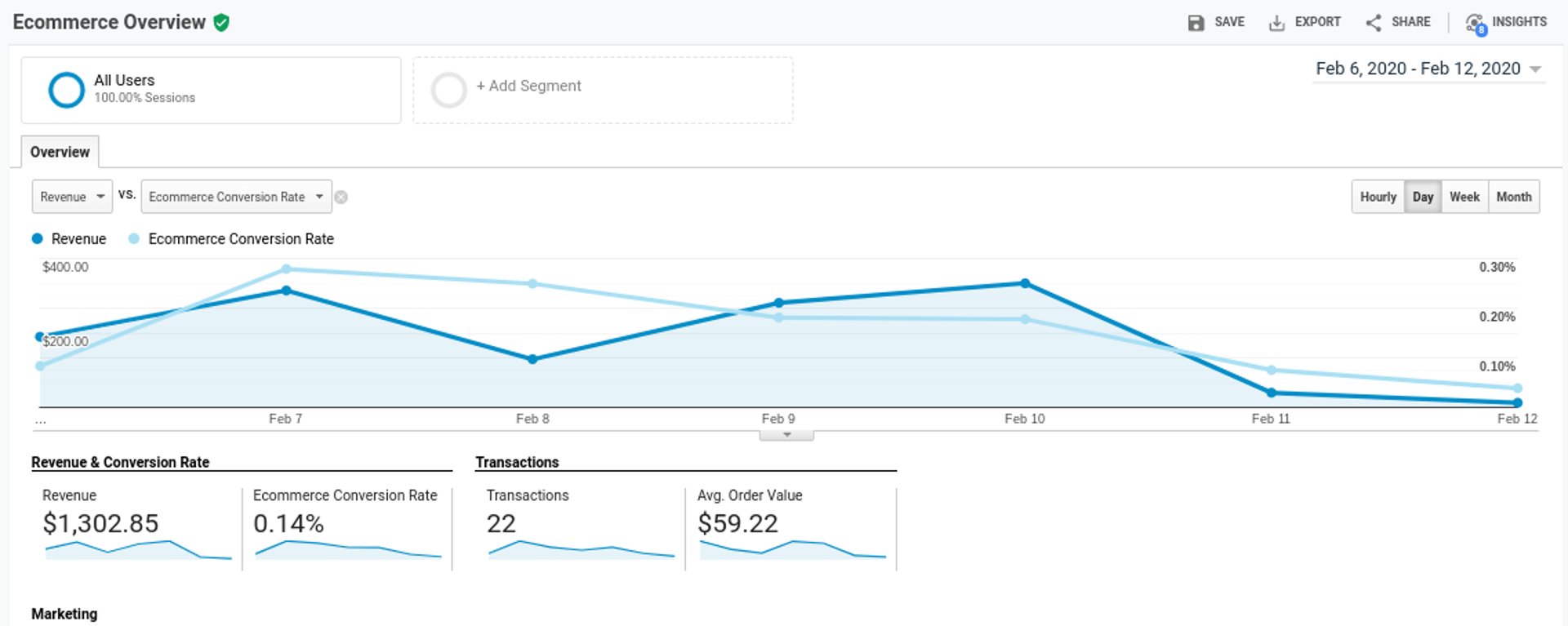
You can also compare AOV by channel. Review acquisition reports and the e-commerce tabs to see which sources drive higher spend:

To raise AOV, adjust your store experience:
- Upsell to a higher-tier product. For example, show a premium configuration with more RAM and storage.
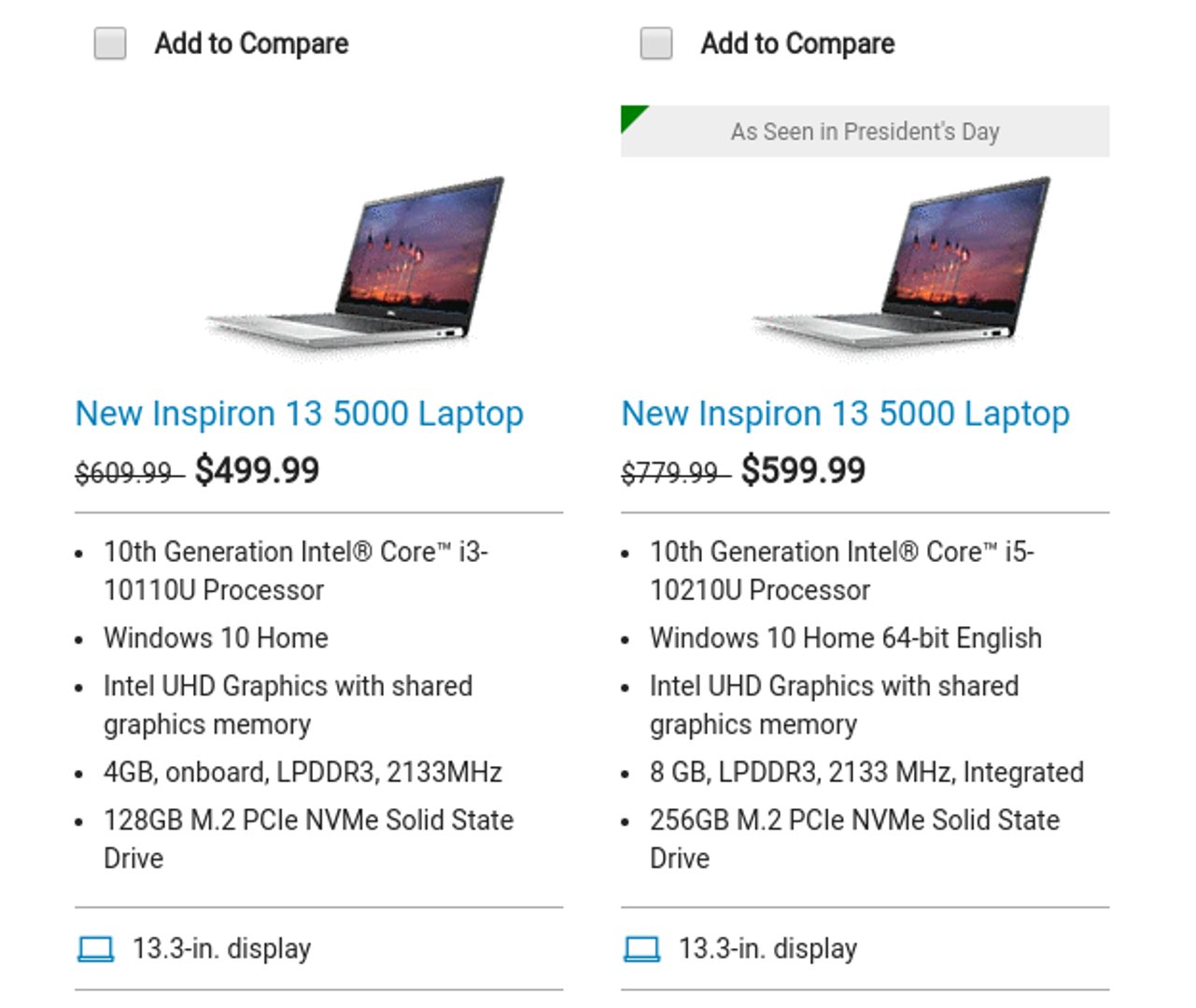
- Cross-sell related items and add-ons.
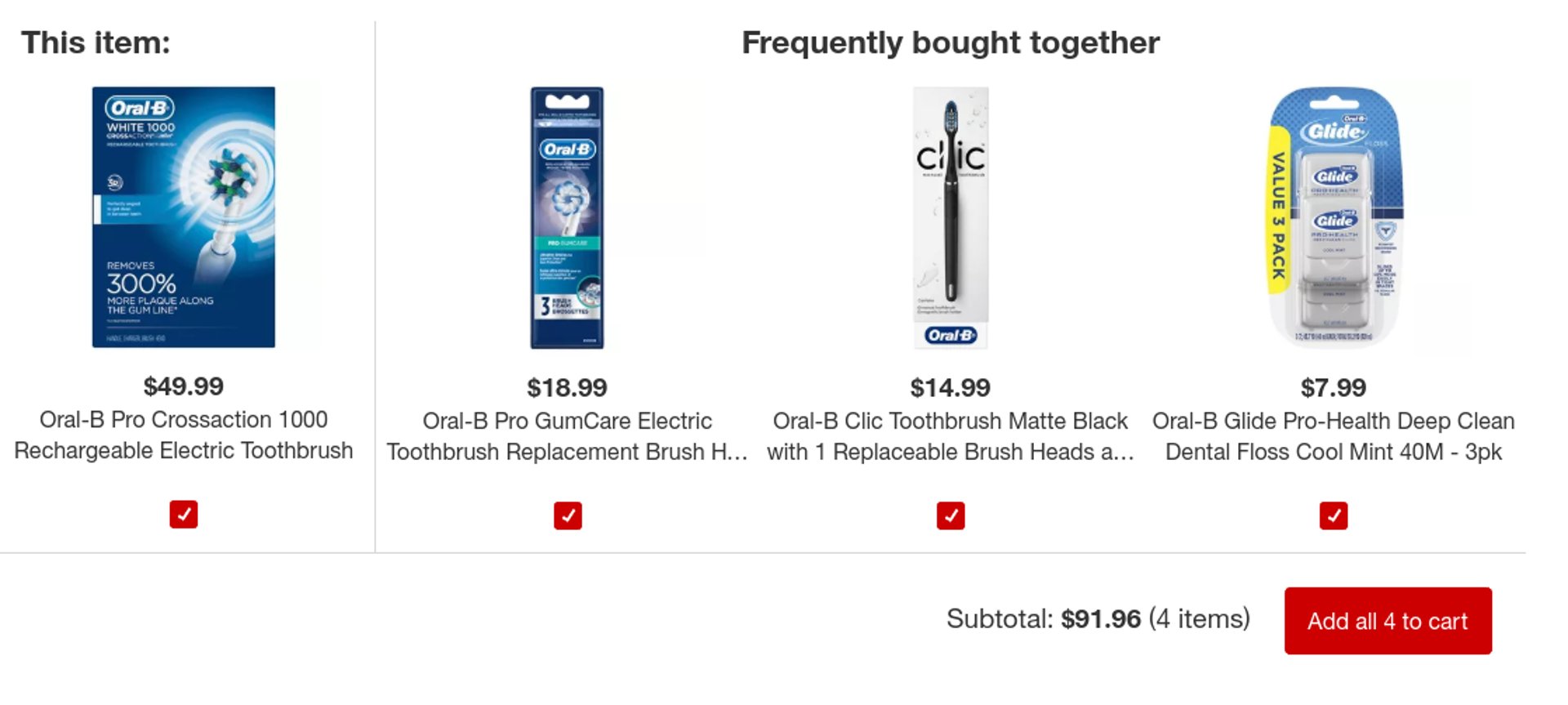
- Display thresholds clearly. For example, highlight free shipping once a customer hits a set spend.
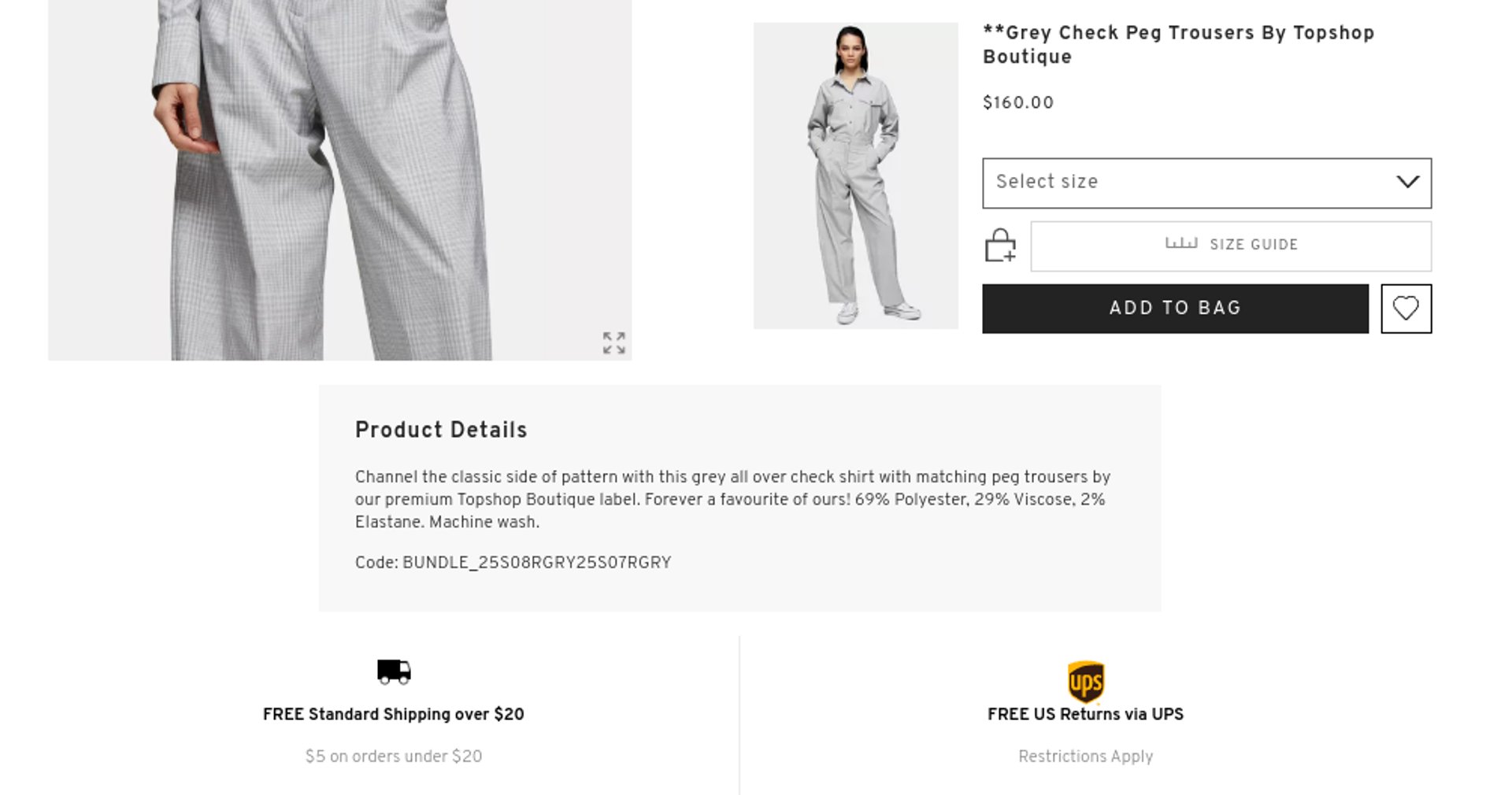
4. Conversions
Conversion rate is a core KPI, though it shouldn’t be the only one. The global average for online shopping is roughly 2.58–3.23 percent.
Track how marketing and sales efforts drive revenue. GA4 includes purchase revenue, item performance, and more in e-commerce reporting:

Set up conversions for the actions that matter. In GA4 Admin, mark key events as conversions. You can also track micro-conversions like email signups. The screen below shows a legacy goals template list for reference:
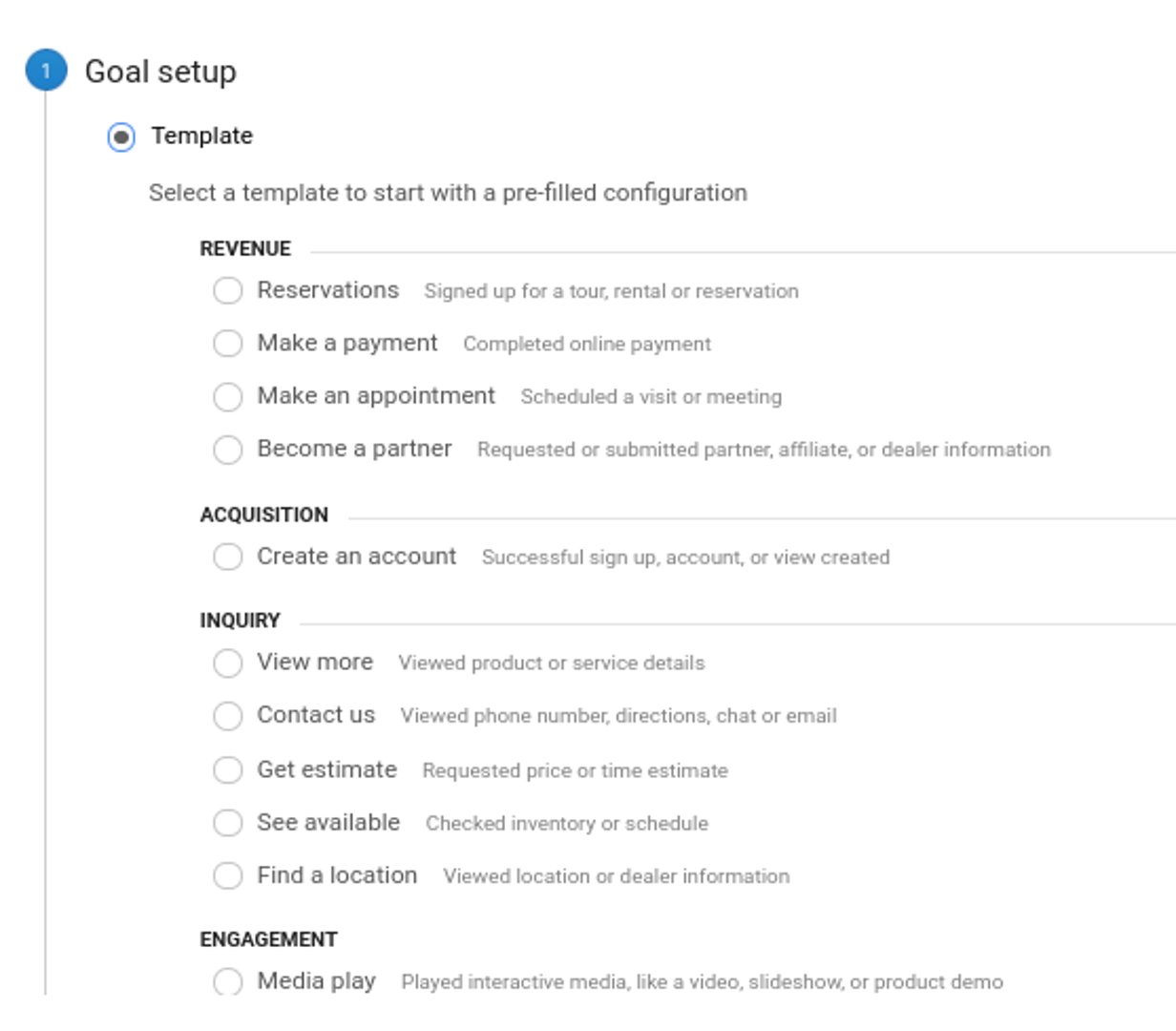
Then review how pages, campaigns, and channels influence conversions. Use that insight to improve the journey.
Test fresh ideas. AI-assisted search and on-site assistants can guide shoppers to the right product faster. MeUndies, for example, uses a help assistant to surface relevant FAQs:
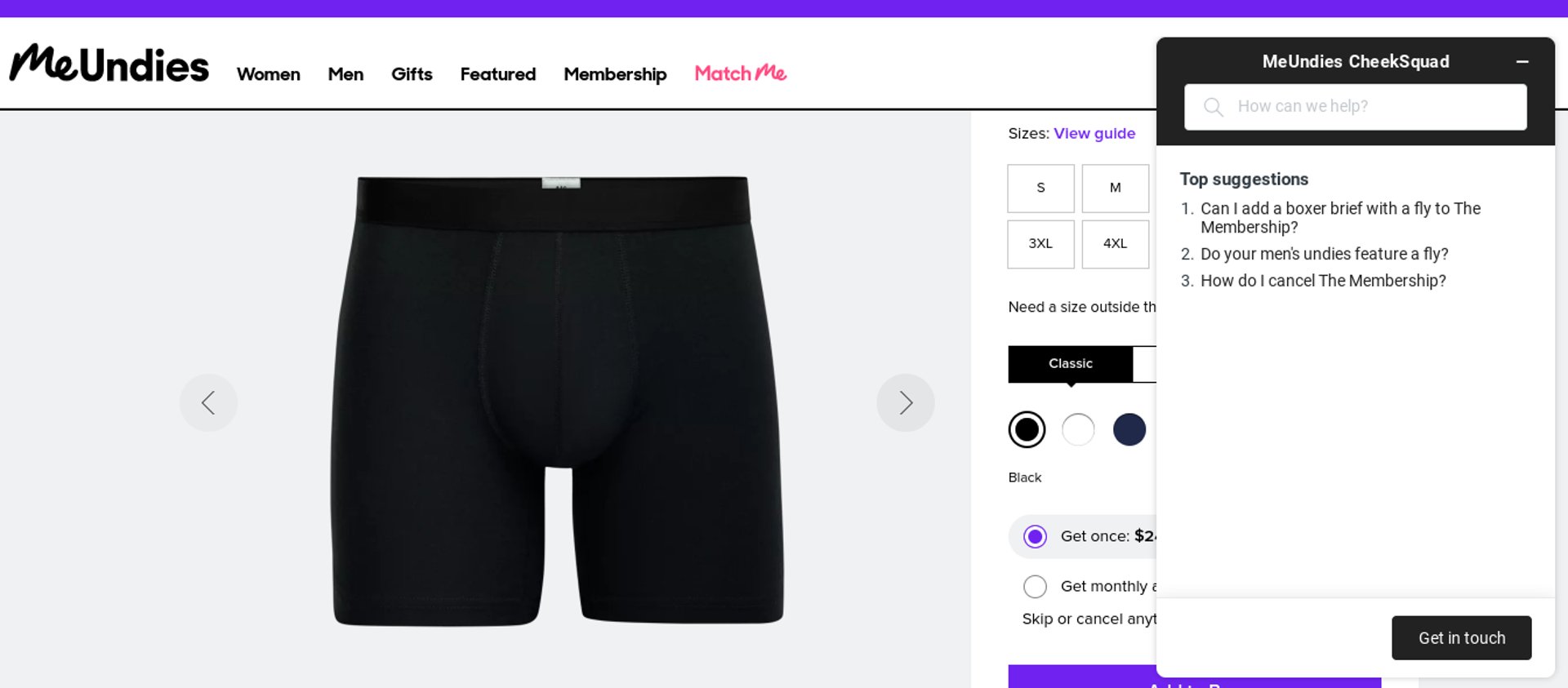
Voice search is rising too. Structure your product data so it’s discoverable by voice assistants.
5. Customer Lifetime Value (CLV)
Customer lifetime value is the total revenue you expect from a customer across the relationship. The longer they stay, the greater the value.
B2C purchases can be impulsive, which makes long-term relationships harder than in B2B. Yet existing customers spend about 67 percent more than new ones.
In GA4, build cohort and user exploration reports to estimate lifetime value by channel. The screenshot below shows a legacy LTV report for illustration:
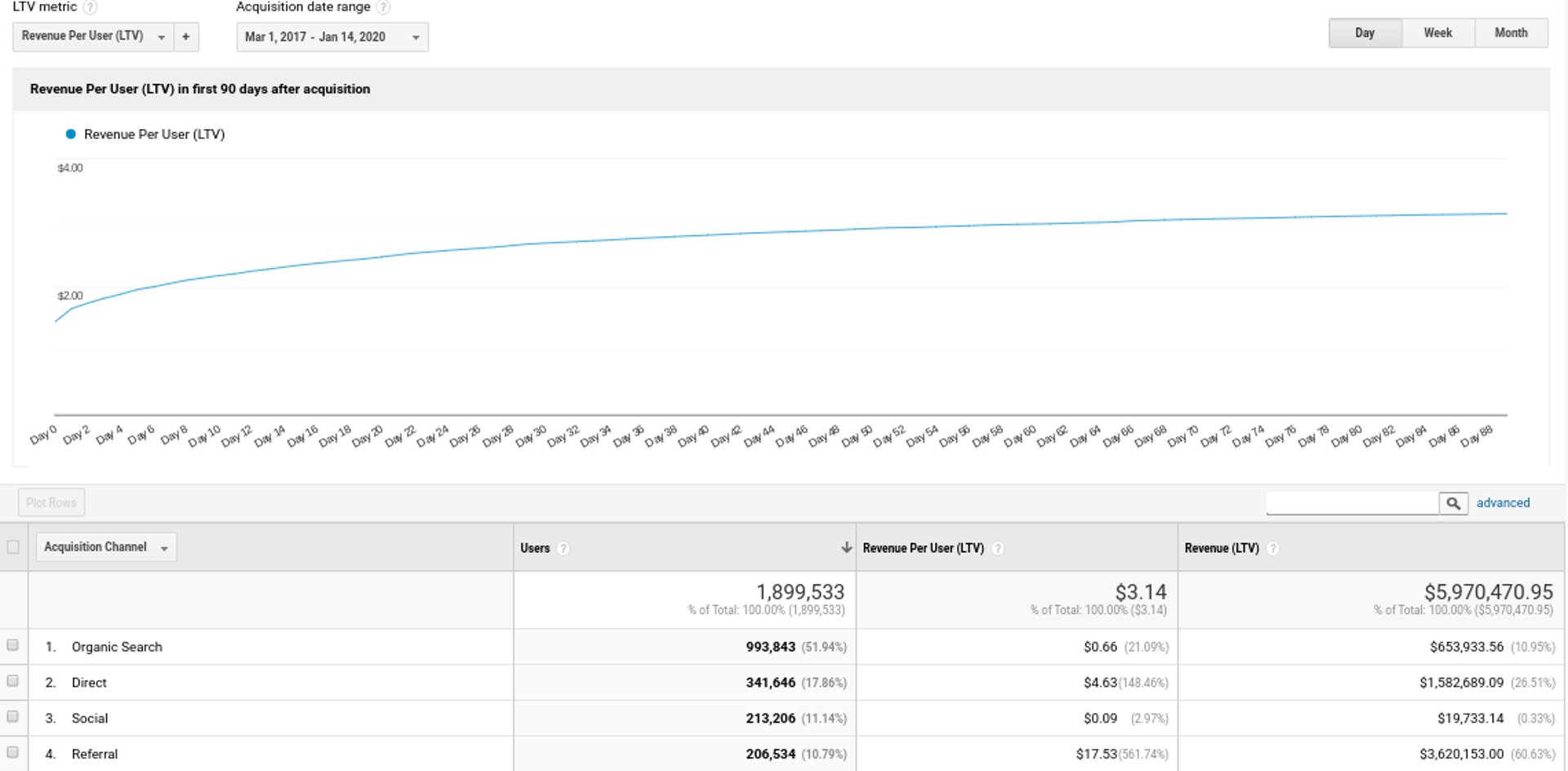
Compare customer value with acquisition cost. If SEO delivers low-value customers for your store, invest in channels that create higher-value buyers.
To raise CLV at scale, focus on experience and retention. Fast, helpful support across channels matters. Loyalty programs help too. The North Face uses a tiered rewards model:
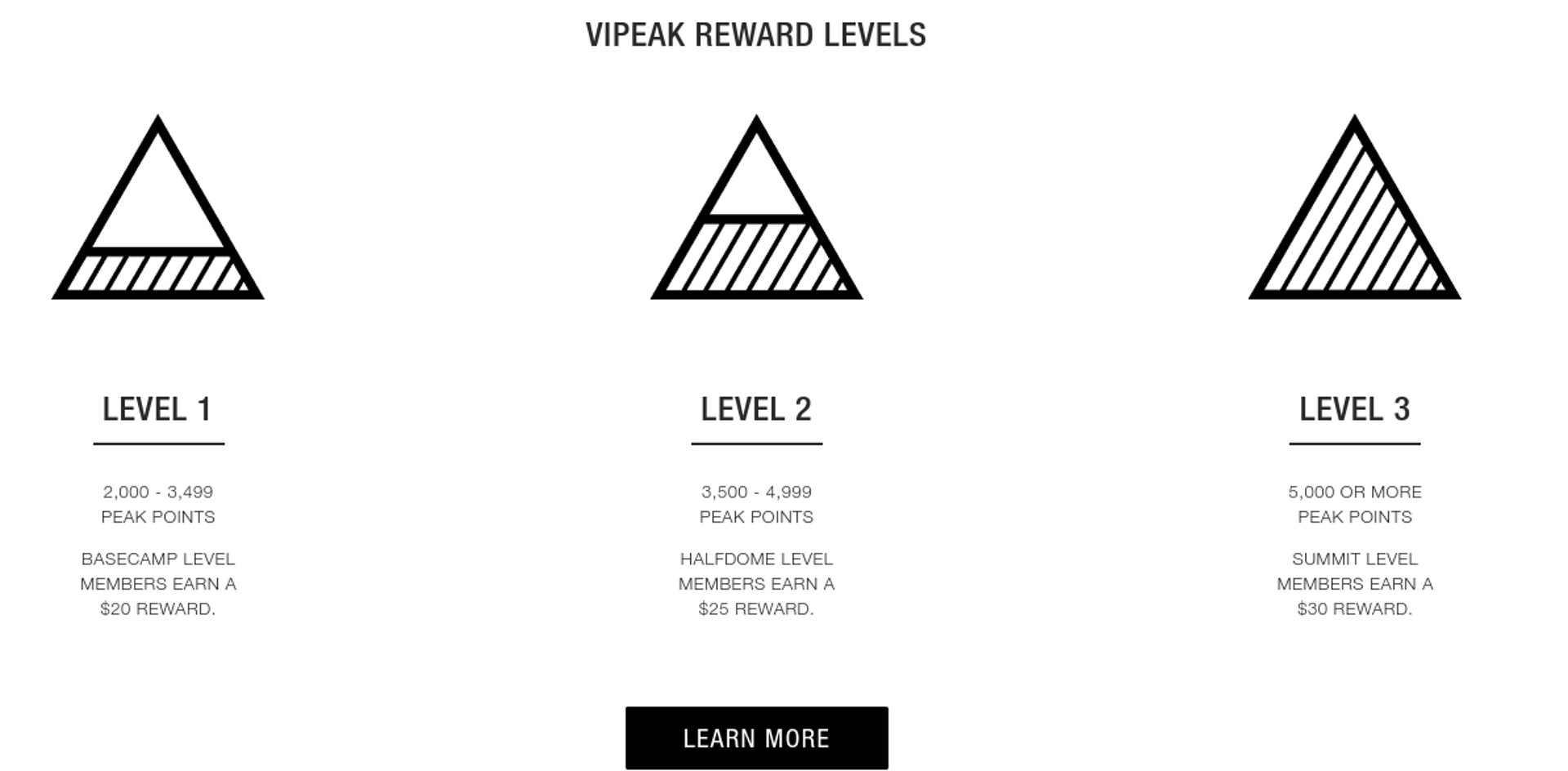
Keep customers engaged with useful content. Teach people how to get more from your products and show real-world value. This Barebones email is a nice example:
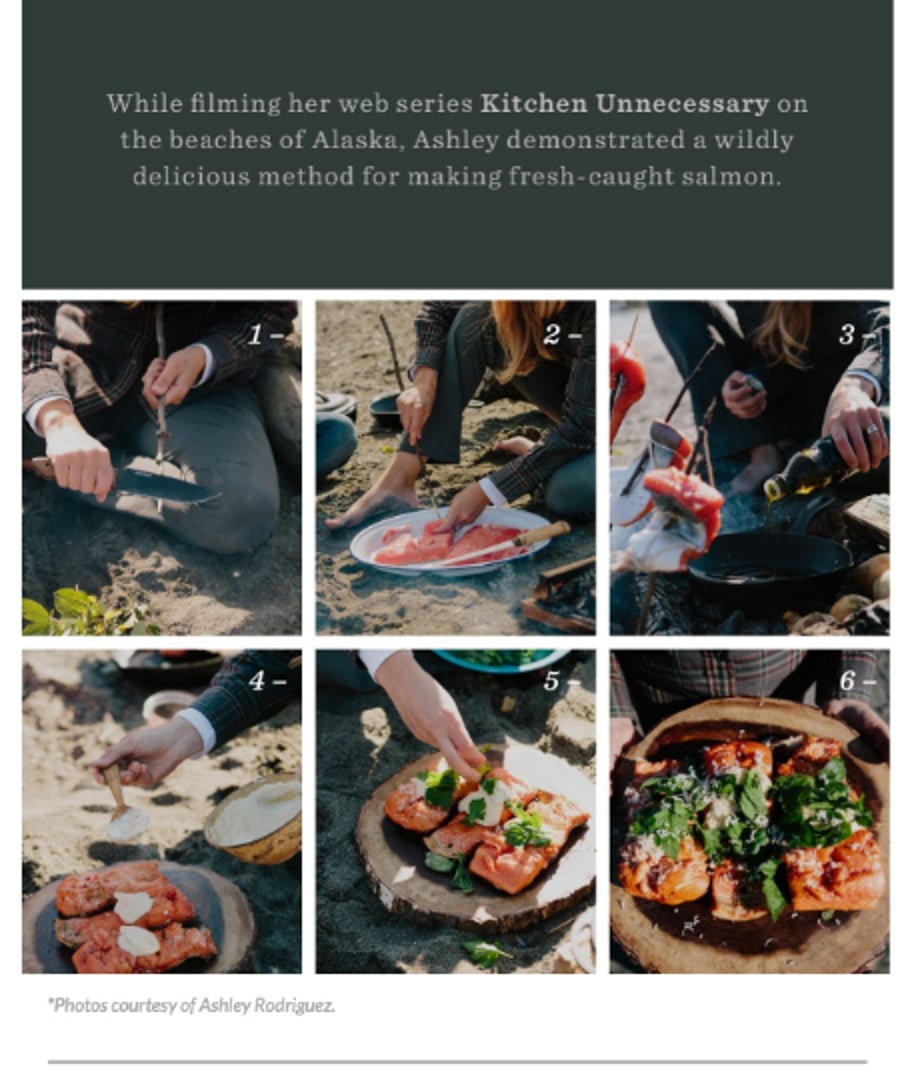
Summary
Set clear goals, track the KPIs that matter, and improve performance with small, steady changes backed by data.
Top five KPIs for e-commerce and how to use them:
- Traffic. Improve your marketing and advertising mix to bring in more visitors.
- Cart Abandonment. Find and fix issues that stop customers from completing checkout.
- AOV. Identify channels that bring higher spenders.
- Conversions. Turn more sessions into sales.
- CLV. Attract and retain high-value customers.
You can monitor all five KPIs on live dashboards and scheduled reports in Klipfolio Klips to keep your team aligned and focused.
Related Articles

17 KPIs Every Data-Driven Manager Needs to Lead Their Team
By Danielle Poleski — October 14th, 2025
7 ways to present KPIs that your management team will love
By Danielle Poleski — September 25th, 2025
12 Important Sales Enablement Metrics You Shouldn't Miss
By Grace Lau — September 19th, 2025
